Exploring Queer Love And Cultural Conflict In Ang Lee's The Wedding Banquet
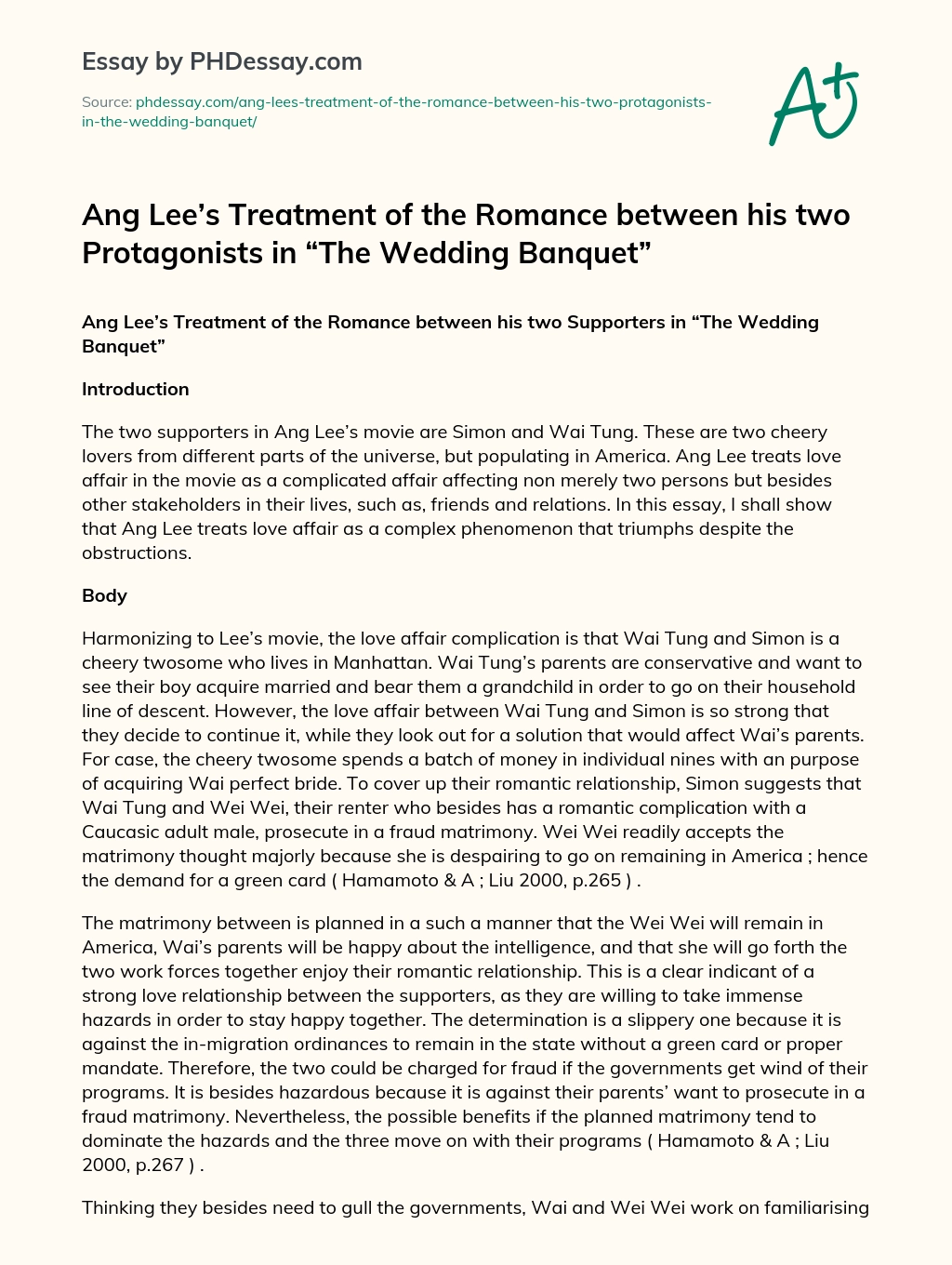
Table of Contents
The Performance of Heteronormativity: Maintaining Appearances in a Traditional Chinese Family
In The Wedding Banquet, Wei-tong, a gay man living in New York City, faces immense pressure to conform to his parents' expectations of a traditional Chinese marriage. The film highlights the pervasive influence of heteronormativity, the belief that heterosexuality is the default and preferred sexual orientation. This pressure manifests itself in Wei-tong's strategic engagement in a "sham marriage" with Wai-mei, a young woman he’s agreed to marry to appease his parents. This act is not merely a deception; it's a calculated performance designed to maintain appearances and uphold the family's honor.
- Wei-tong's relationship with Wai-mei: Their relationship is built on a foundation of convenience, a transaction rather than genuine affection. This underscores the constraints placed upon Wei-tong by cultural expectations.
- His parents' expectations and their understanding of marriage: Wei-tong's parents view marriage as a fundamental pillar of Chinese culture, a means to ensure familial continuity and societal acceptance. Their understanding is rooted in deeply ingrained traditions that fail to accommodate homosexual relationships.
- The cultural significance of filial piety: Filial piety, a cornerstone of Confucian ethics, emphasizes respect for elders and adherence to family values. Wei-tong's actions are driven by a desire to honor his parents, highlighting the internal conflict between personal desires and cultural obligations.
- Examples of Wei-tong's attempts to conceal his true identity: Throughout the film, Wei-tong employs various strategies to mask his homosexuality, further emphasizing the pervasive societal pressure to conform. His carefully constructed facade highlights the emotional toll of living a double life.
The Unveiling of Queer Identity: Moments of Authenticity and Vulnerability
Despite the carefully constructed façade, The Wedding Banquet beautifully portrays moments where Wei-tong's true feelings surface, revealing his vulnerability and desire for genuine connection. These instances are critical in understanding his journey towards self-acceptance. The arrival of his boyfriend, Simon, acts as a catalyst for these revelations, both to Wei-tong himself and to those around him.
- The evolving relationship between Wei-tong and Simon: Their dynamic showcases a loving and supportive relationship, providing a stark contrast to the superficiality of Wei-tong's sham marriage.
- The pivotal scenes depicting Wei-tong's emotional struggles: The film masterfully uses cinematic techniques to capture Wei-tong's inner turmoil, showcasing his internal conflict between his desire for authenticity and the pressures of cultural expectations.
- The role of the wedding banquet as a catalyst for self-discovery: The central event of the film becomes a crucible where Wei-tong's true identity is inadvertently revealed, leading to a significant turning point in his journey.
- The film's depiction of the challenges of coming out in a traditional setting: The Wedding Banquet poignantly illustrates the difficulties faced by LGBTQ+ individuals in coming out to their families, particularly within conservative cultural contexts.
Cultural Clash and Generational Divide: Bridging the Gap Between Tradition and Modernity
The Wedding Banquet skillfully highlights the generational gap in attitudes toward sexuality and family values within Chinese society. The film serves as a commentary on the evolving landscape of Chinese culture, grappling with the tension between deeply rooted traditions and the changing social norms of modernity.
- The contrasting viewpoints of Wei-tong's parents and his generation: The film starkly contrasts the rigid traditionalism of Wei-tong's parents with the more liberal perspectives of his generation, reflecting the broader societal shifts occurring in China.
- The film's commentary on the impact of globalization on traditional Chinese values: Globalization's influence on Chinese culture is subtly woven into the narrative, highlighting the challenges of maintaining tradition in a rapidly changing world.
- The portrayal of evolving perceptions of homosexuality in Chinese society: While the film doesn't explicitly present a triumphant resolution to the issue of acceptance, it showcases a subtle shift in understanding, suggesting a gradual evolution in societal attitudes.
- How the resolution of the film (or lack thereof) reflects on the ongoing cultural conflicts: The ambiguous ending of the film mirrors the ongoing nature of the cultural conflict, leaving the audience to ponder the complexities and ongoing negotiations between tradition and modernity.
The Cinematic Representation of Queer Love: Ang Lee's Directorial Choices and Their Significance
Ang Lee's masterful direction is integral to the film's success. His use of humor, irony, and pathos allows him to address complex and sensitive themes with both grace and unflinching honesty. This nuanced approach enhances the film's ability to resonate with audiences across different cultural backgrounds.
- Specific scenes illustrating the director’s stylistic choices: Specific scenes, such as the wedding banquet itself, are masterfully crafted to illustrate the tension between outward performance and internal reality.
- The use of comedic elements to address serious themes: The film's comedic elements are not trivializations; rather, they provide a crucial layer of emotional distance, allowing the audience to engage with the difficult subject matter without feeling overwhelmed.
- How the film’s cinematography and editing contribute to the narrative: The film's visual language underscores the emotional shifts within the characters and the narrative itself.
- The impact of the film's ending on the audience’s understanding of the characters and their journey: The somewhat ambiguous ending encourages viewers to reflect upon the complexities of the characters’ lives and relationships, leaving a lasting impact long after the credits roll.
Reflecting on Queer Love and Cultural Conflict in Ang Lee's The Wedding Banquet
In conclusion, The Wedding Banquet offers a compelling and nuanced exploration of queer love and cultural conflict, demonstrating the challenges faced by LGBTQ+ individuals navigating the complexities of familial expectations and cultural traditions. The film's enduring significance lies in its ability to capture the universal struggle for self-acceptance and the complexities of intercultural dialogue. It serves as a powerful testament to the importance of understanding and embracing diverse identities. Continue exploring the nuanced portrayal of queer love and cultural conflict in Ang Lee's The Wedding Banquet by sharing your thoughts and interpretations.

Featured Posts
-
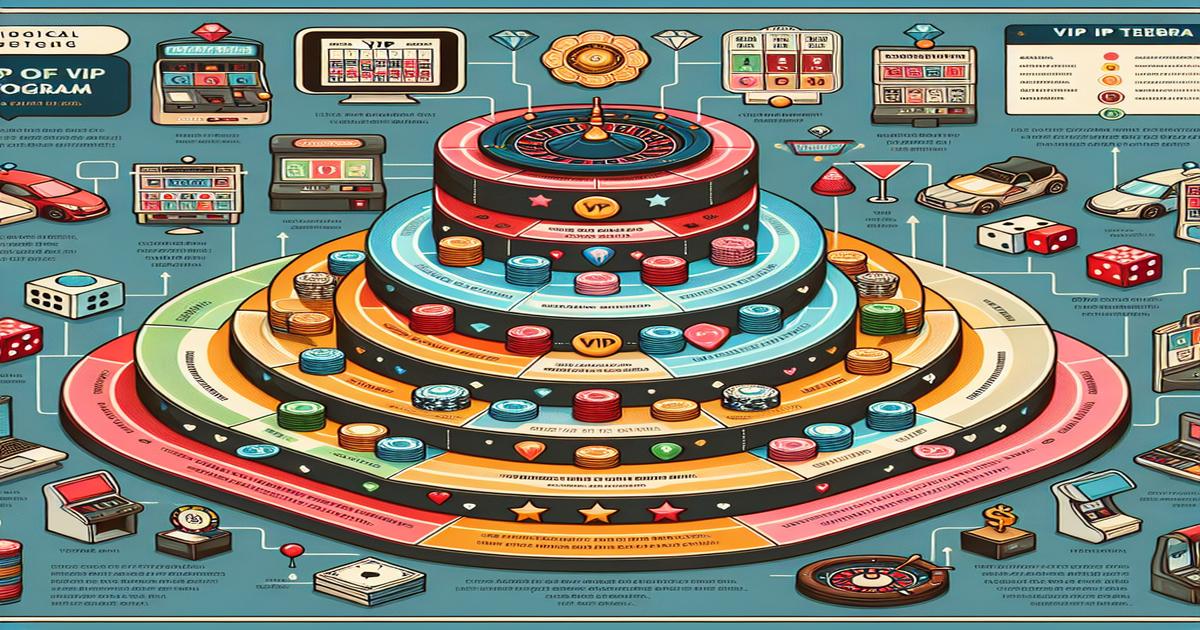 Discover Top Uk Vip Casinos For High Rollers
May 18, 2025
Discover Top Uk Vip Casinos For High Rollers
May 18, 2025 -
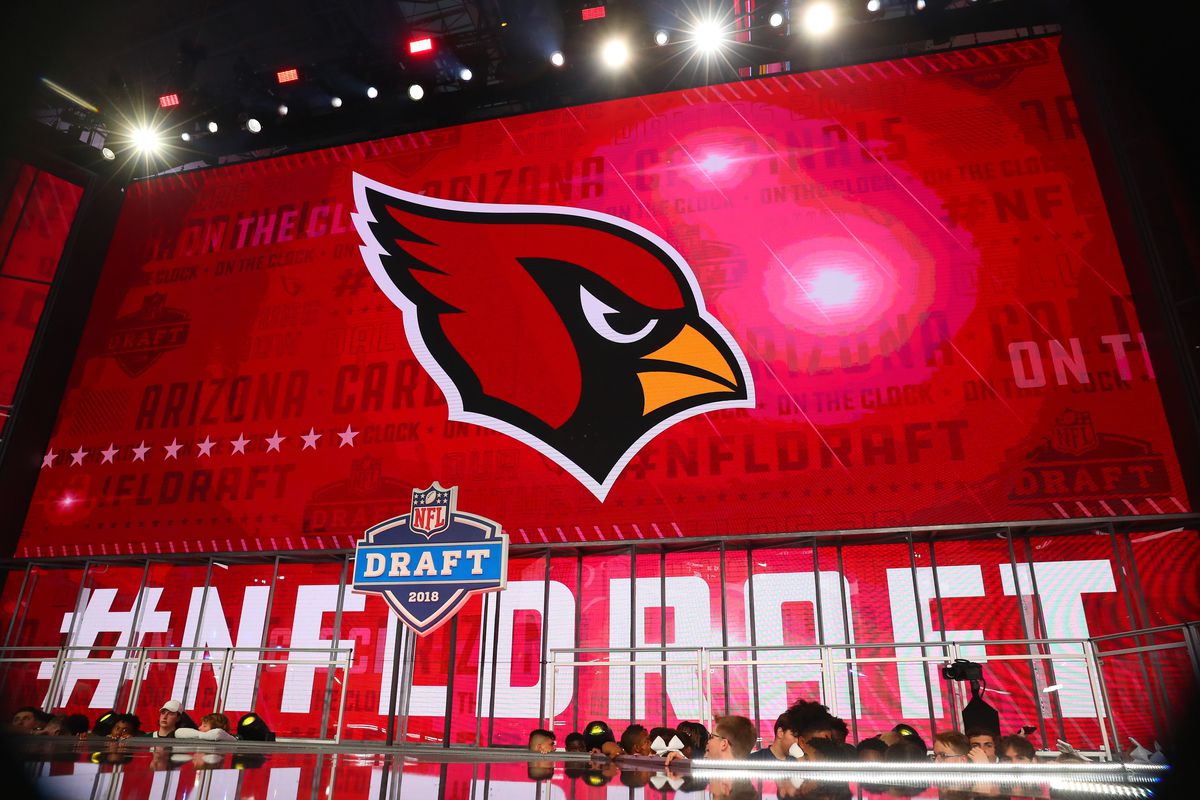 The Cardinals Opener Analyzing The Jansen Pitching Matchup
May 18, 2025
The Cardinals Opener Analyzing The Jansen Pitching Matchup
May 18, 2025 -
 Kanie Goyest Mia Sygnomi Pros Ton Jay Z Kai Tin Mpigionse
May 18, 2025
Kanie Goyest Mia Sygnomi Pros Ton Jay Z Kai Tin Mpigionse
May 18, 2025 -
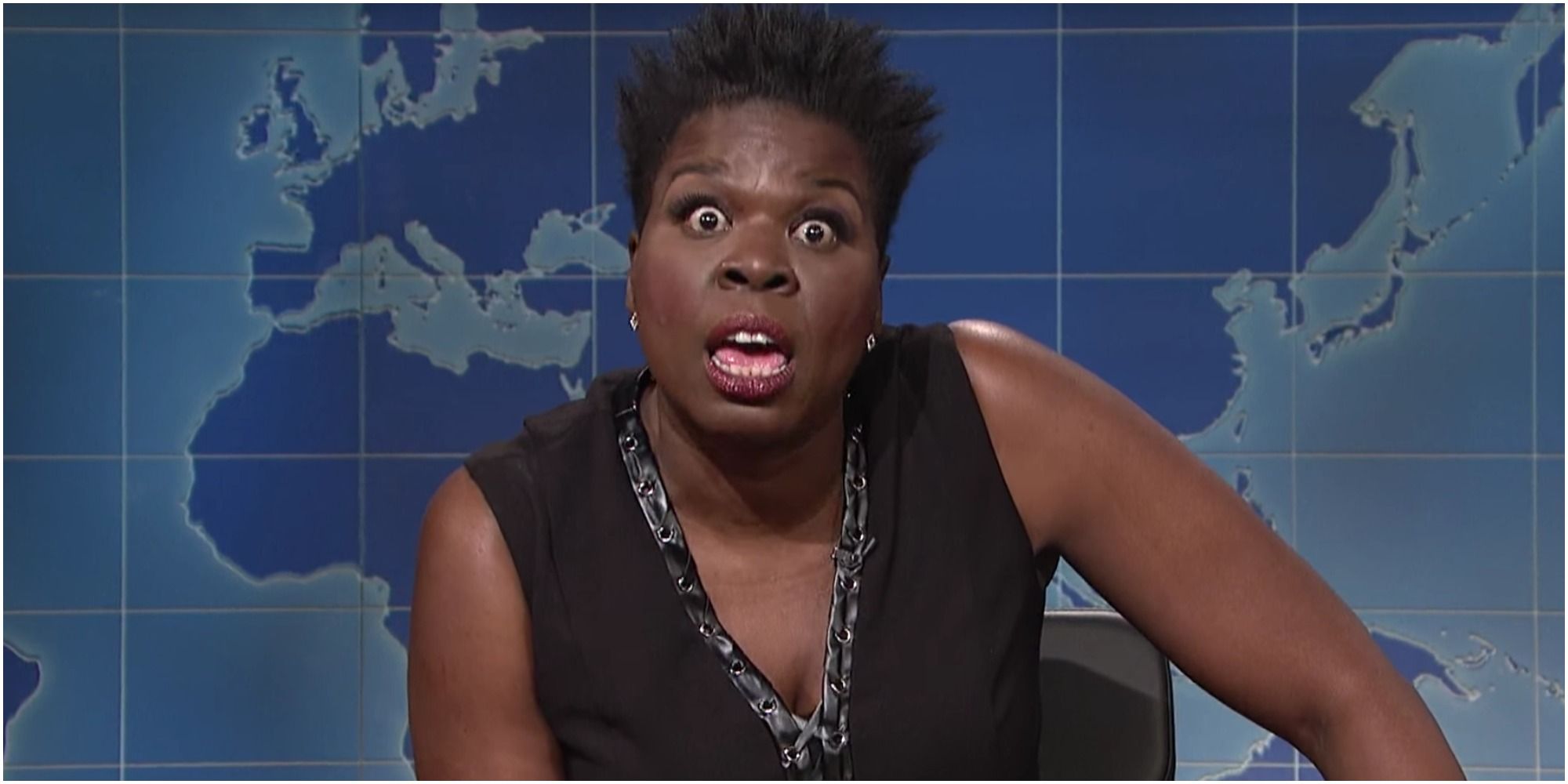 Ope Partners Welcomes Snl Alumna Leslie Jones
May 18, 2025
Ope Partners Welcomes Snl Alumna Leslie Jones
May 18, 2025 -
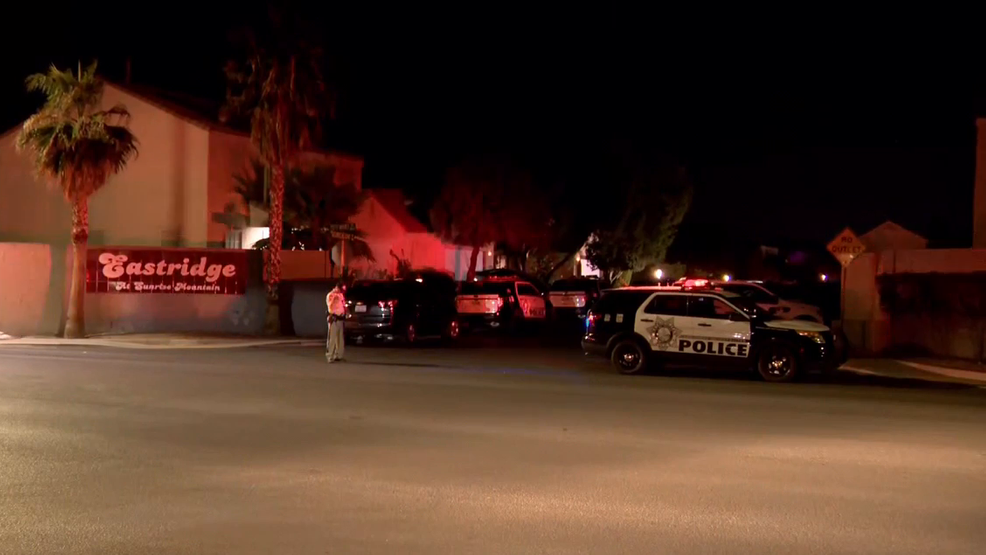 Barricaded Person Incident Prompts Major Police Presence In Las Vegas Arts District
May 18, 2025
Barricaded Person Incident Prompts Major Police Presence In Las Vegas Arts District
May 18, 2025
Latest Posts
-
 Uber One Launches In Kenya Enjoy Savings On Rides And Deliveries
May 18, 2025
Uber One Launches In Kenya Enjoy Savings On Rides And Deliveries
May 18, 2025 -
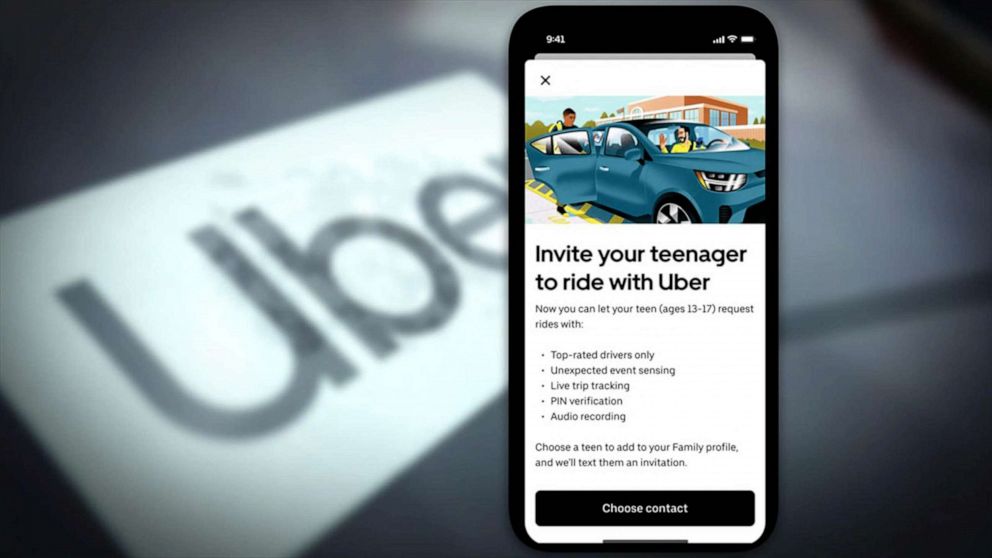 Uber Launches 5 Shuttle Service For United Center Event Attendees
May 18, 2025
Uber Launches 5 Shuttle Service For United Center Event Attendees
May 18, 2025 -
 Uber Pet Transport New Cities Added Delhi And Mumbai
May 18, 2025
Uber Pet Transport New Cities Added Delhi And Mumbai
May 18, 2025 -
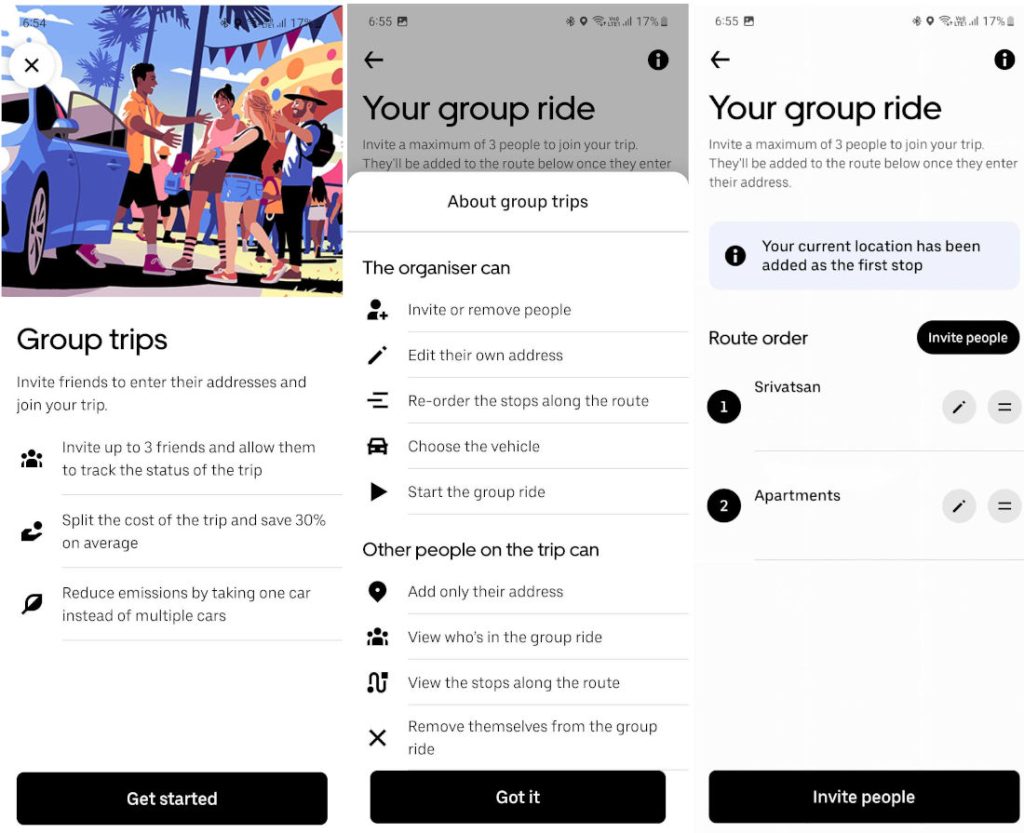 Affordable Rides Home New Uber Shuttle Service From United Center
May 18, 2025
Affordable Rides Home New Uber Shuttle Service From United Center
May 18, 2025 -
 New Uber Shuttle 5 Rides From United Center For Fans
May 18, 2025
New Uber Shuttle 5 Rides From United Center For Fans
May 18, 2025
